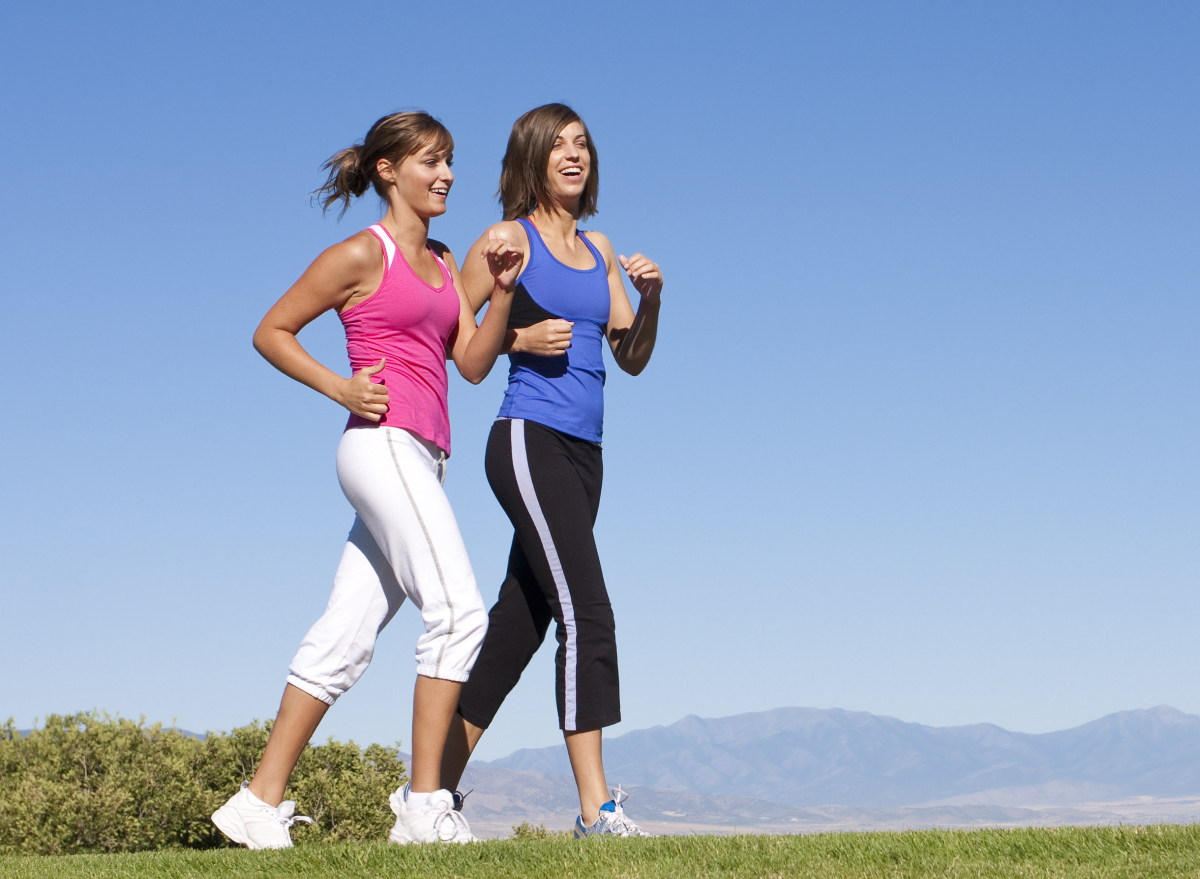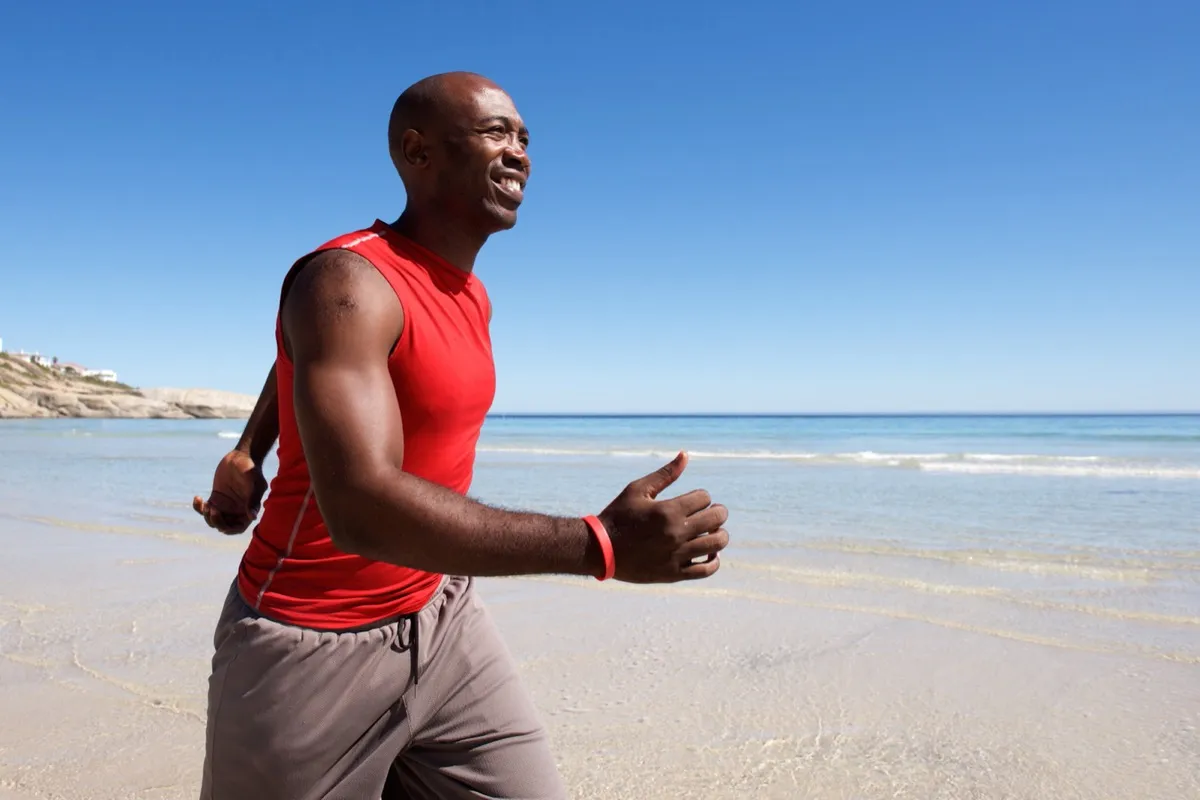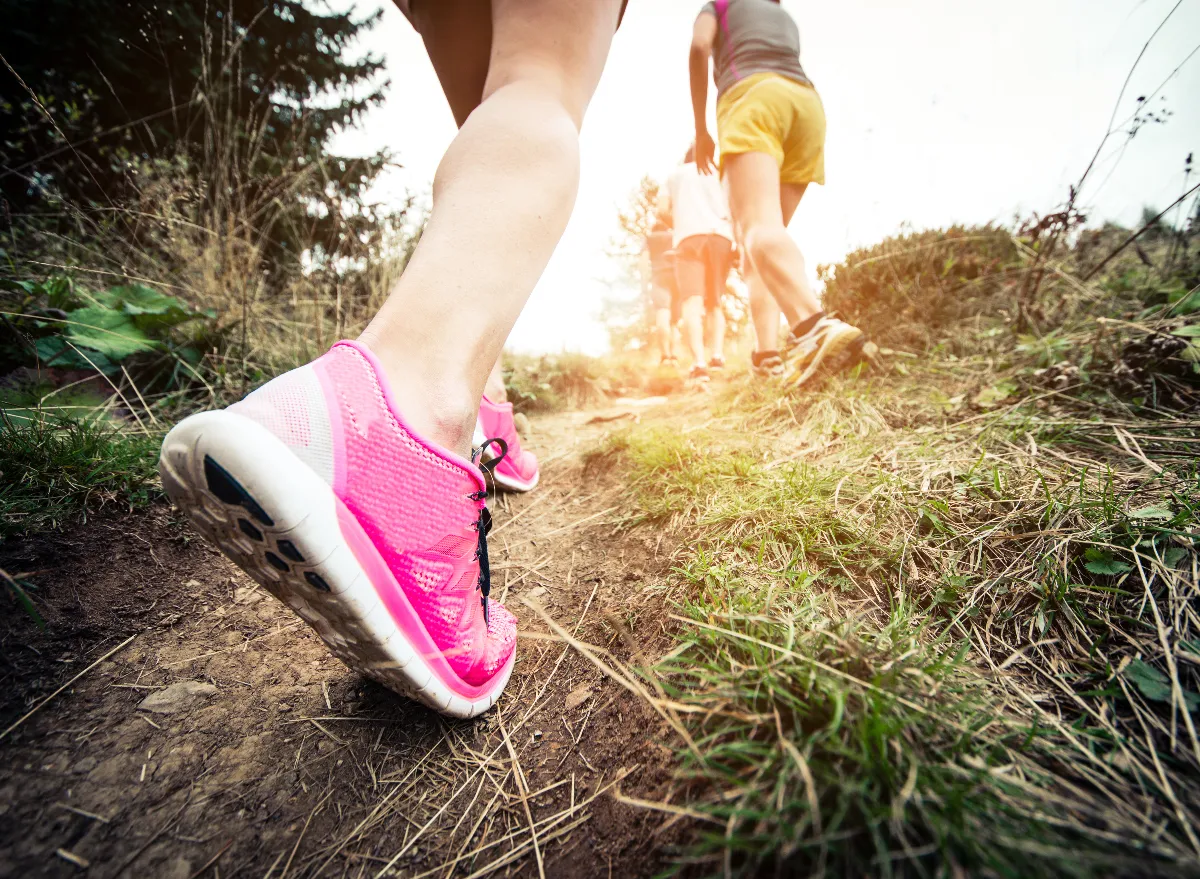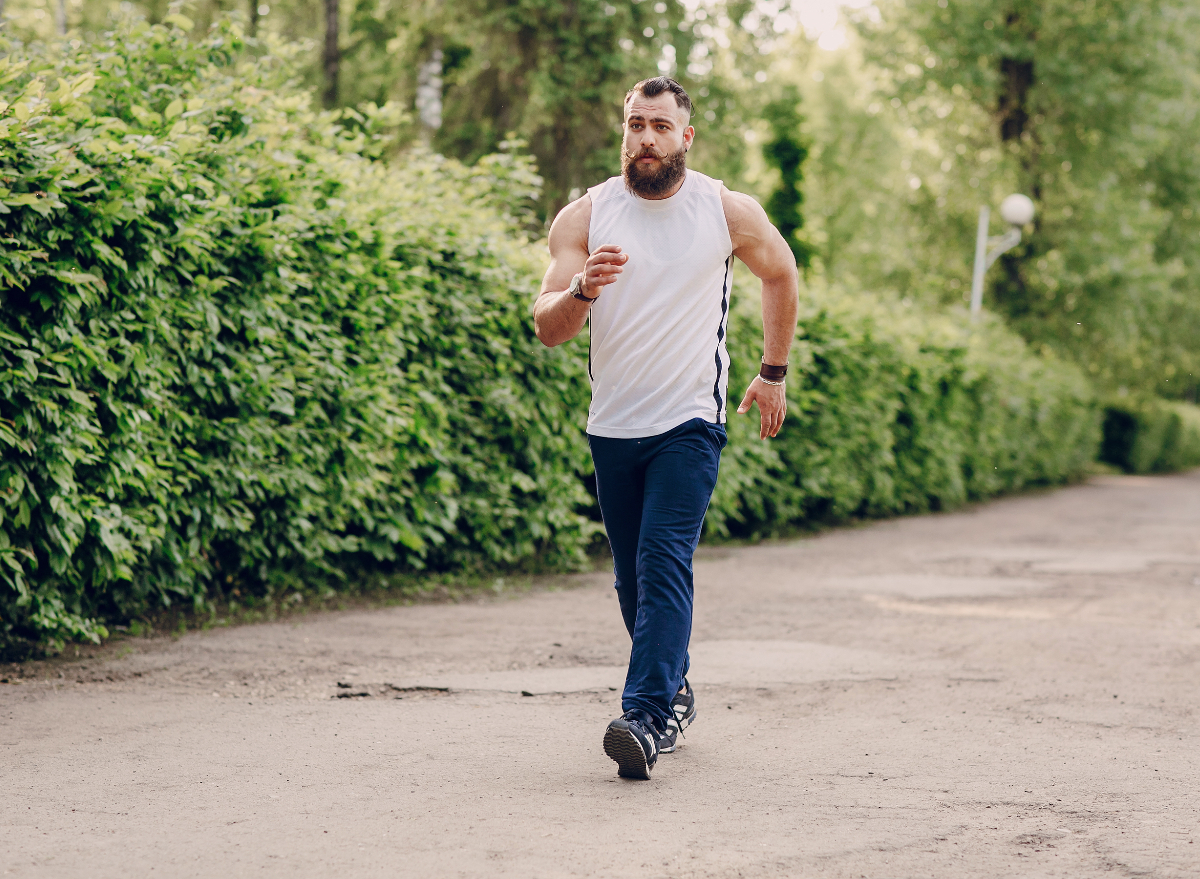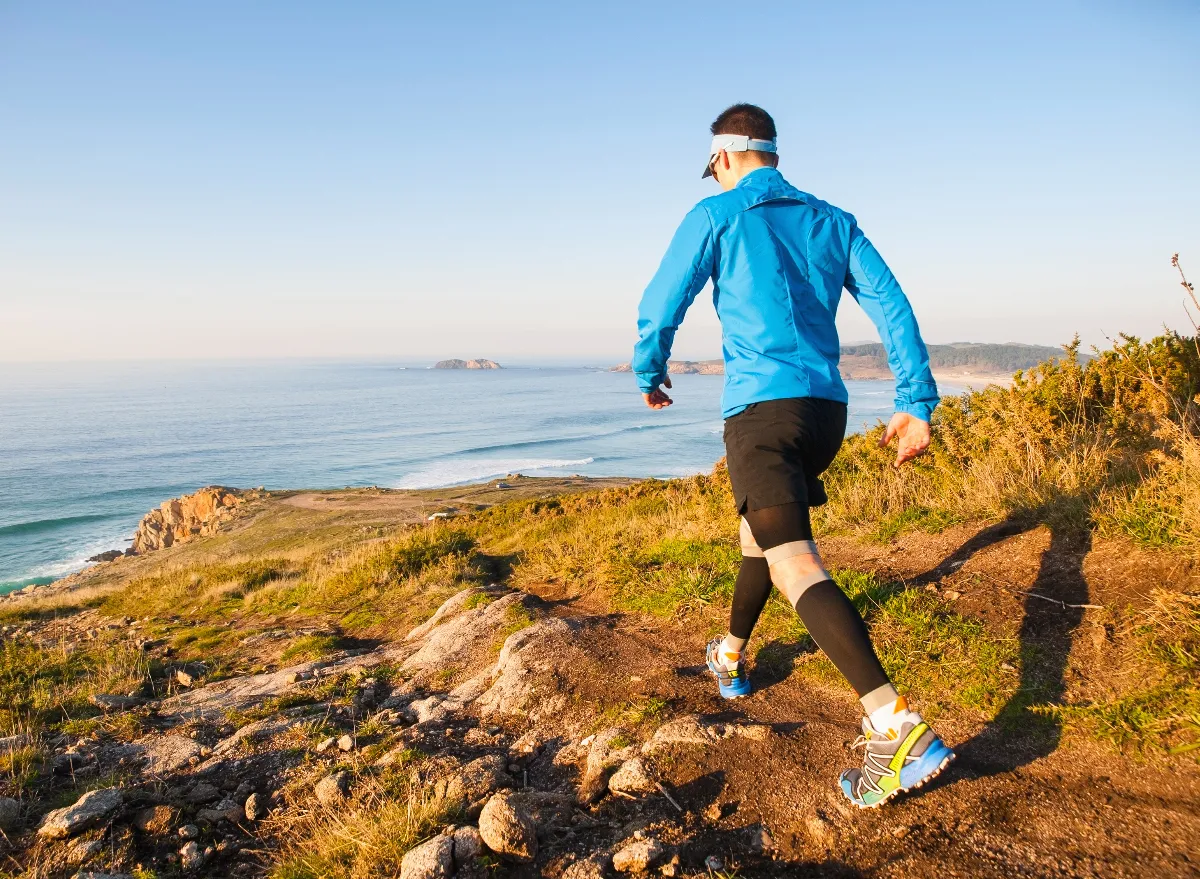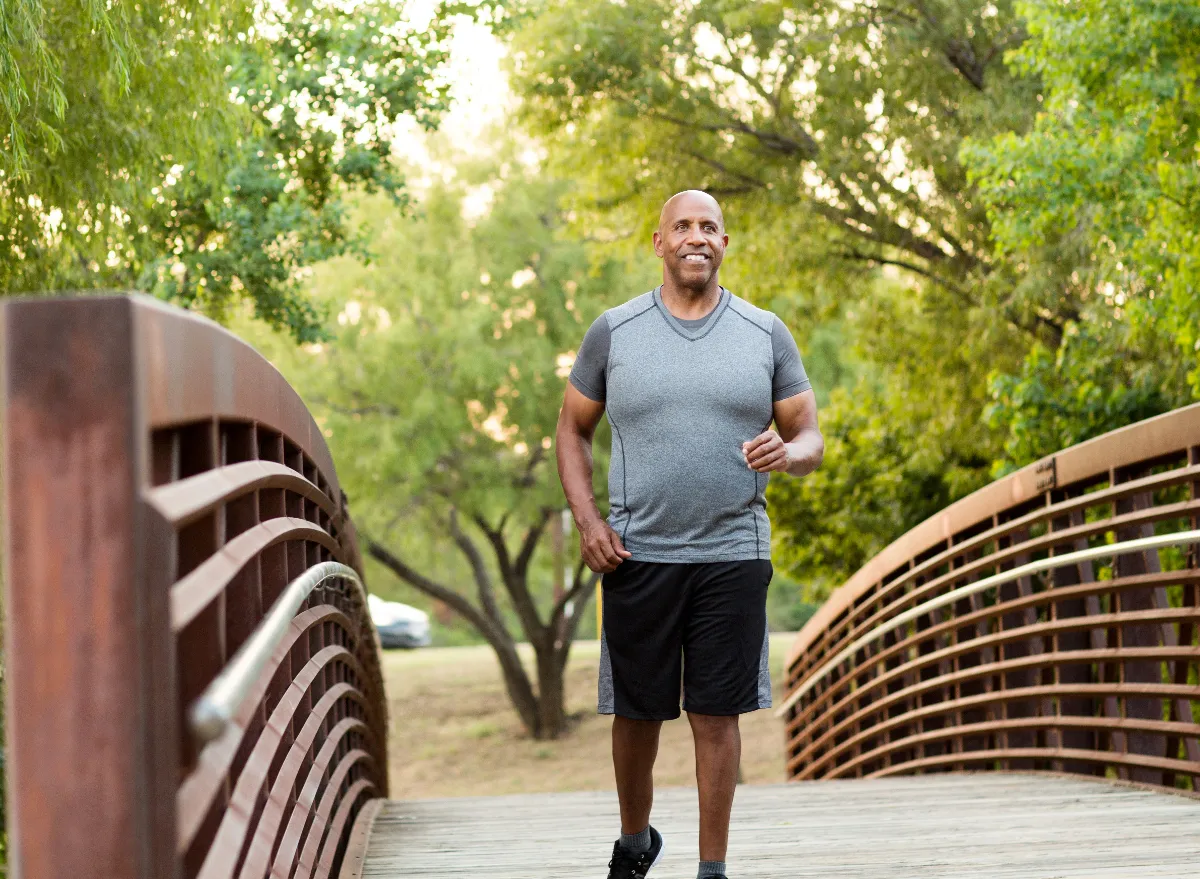I’ve been working out for years and I can do sit-ups in my sleep—but I still struggle to activate my core.
I’ve always found it difficult to build strength in this area, until a trainer recommended trying a standing exercise called the Pallof press.
The move primarily targets your core muscles, but trainer Monty Simmons says it’s a full-body exercise.
“You’re actually integrating your arms and shoulders—along with your hips and your legs, because you’re standing on them—so it becomes a full-body exercise,” Simmons explains.
“It’s training your body to resist something that’s trying to pull you off balance and make you unstable. The benefit is that it trains your core to be able to resist rotational force.”
Simmons explains that building this kind of rotational strength will translate to everyday movements, such as lifting things and turning to put them on a counter.
How to do a Pallof press
Watch On
Sets: 2-4 Reps: 8-15 each side
- Loop a resistance band around a fixed point and stand side on to it.
- Hold the resistance band in both hands in front of your chest with your elbows bent and pressed into the sides of your ribs, then sidestep away from the anchor point until there’s tension in the band.
- Press your hands forward until your arms are fully extended.
- Do all your reps on one side, then switch sides.
My experience doing the Pallof press for six months
I added the Pallof press to my workouts in the summer and I’ve noticed huge improvements in my core strength and my ability to engage these muscles.
At first, I couldn’t feel my core switch on when doing the Pallof press, because I was allowing my upper body to move too much.
When I focused on keeping my torso strong and steady, I felt this move immediately in my abs and obliques.
I mainly do this movement at the gym using the cable machine, but I’ve found it can be done at home with a long resistance band looped around a fixed point, too.
Shop resistance bands

Theraband Resistance Bands Set (easy)

Theraband Resistance Bands Set (medium)

Gaiam Restore Resistance Training Bands
I perform it as slowly as possible to increase the time my core muscles are under tension.
It doesn’t feel as challenging as crunches, but it has helped me learn how to recruit my core muscles, which has helped me perform other moves like squats and deadlifts.
Having done the move for six months, I can confidently say my core strength has also improved. I can do more repetitions of the Pallof press now and I find other core moves like the plank easier.
I’d recommend it to anyone who wants to learn how to engage and strengthen their core.


